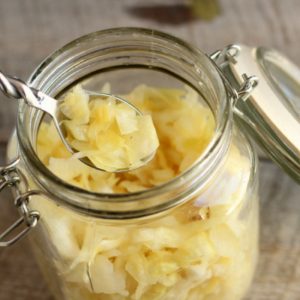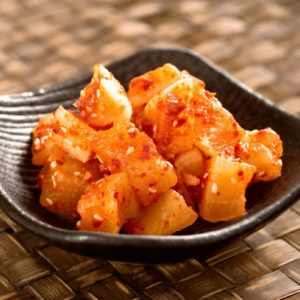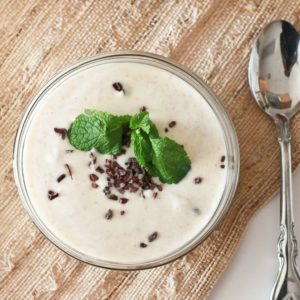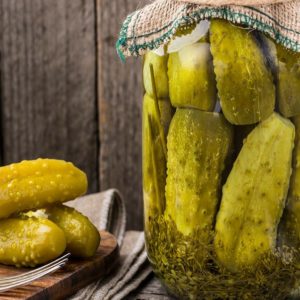Anyone who has taken an interest in gut health more than likely has heard about probiotics and the benefits of them. If you don’t know, the live bacteria of probiotic foods help tremendously in fighting off any issues in the gastrointestinal tract and maintaining a positive environment in the digestive system which ultimately lead to fat loss. They also play an important role in strengthening your immune system. Probiotics are found within the cultures of dairy foods, and yogurt also. However there is the vital resource that is not nearly as popular, but just as important, prebiotics. This guide will teach you what you need to know about prebiotics, how they are related to probiotics, how they help you, and the abundance of foods that contain them.
How Are Probiotics & Prebiotics Related?
Probiotics and prebiotics are essential to healthy gut function. Probiotics are live microorganisms that live in your gastrointestinal tract. They help the digestive process by cleaning out the gut so things can continue to flow smoothly. Like any living organism they need to be fed in order to survive and grow. This is where prebiotics come in. Prebiotics act as a food source for probiotics.
How Do I Get Prebiotics?
Prebiotics are un-digestible plant fibers that live inside the large intestine. When you consume foods high in prebiotics, those prebiotics will then fuel the growth of probiotics, resulting in healthy gut function.
You’ve more than likely already ingested prebiotics and not even realized it. Prebiotics are found in a variety of foods, mainly in high fiber vegetables. Vegetables that are high in fiber are typically also high in probiotics.
Here's A List Of My Top 7 Prebiotic Foods
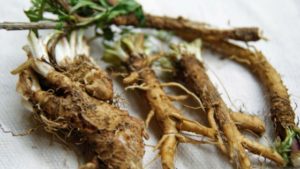
Raw Chicory
You can find chicory root in healthy food stores as a supplement or in grounded form. People often use it as a replacement for coffee because it tastes like coffee, but without the side effects that some people experience like jitters, headaches, and trouble sleeping.
*The prebiotic statics of Raw Chicory Root are, 65% weight in fiber. Amount of daily serving needed would be 9.3 grams
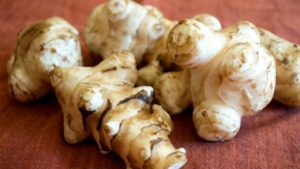
Raw Jerusalem Artichoke
It looks more like ginger, but its name comes from it tasting like an artichoke. You can put it in salads and you can also boil it, satee it, or roast it to get a creamy potato. The Jerusalem Artichoke has a low glycemic index so it can be a good alternative to potatoes for diabetics.
*The prebiotic statics of Jerusalem Artichoke are, 31.5% weight in fiber. The daily serving amount needed is 19 grams.
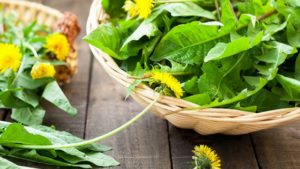
Raw Dandelion
To get the prebiotics of Raw Dandelion Root into your diet try putting it in with your salads, sandwiches, stews, casseroles, soups or herbal teas. The taste of it can be a bit acrid so to deal with that, you can blanch them in boiling water for 10 – 20 secs, but not too much, or you’ll neutralize the prebiotics.
*The prebiotic statics of Raw Dandelion Root are, 24.3% weight in fiber. The daily serving amount needed is, 24.7 grams.
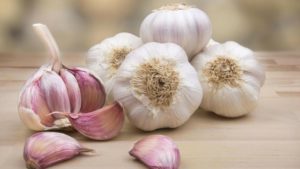
Raw Garlic
Add Garlic to your diet in many different ways.
- Guacamole
- Hummus
- Vegetable Stir Fry
- Add it to pasta for some extra flavor.
*The prebiotic statistics of Raw Garlic are, 17.5% weight in fiber. The daily serving amount needed is, 34.3 grams.
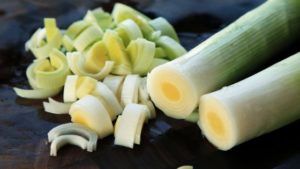
Raw Leeks
Aside from the fact that raw leeks are a great source of prebiotics, they actually taste pretty good and go well with just about anything. Try’em in garden pastas, salads, and also as anedible garnish if you feel like getting fancy.
*The prebiotic statics of Raw Leeks are, 11.7% weight in fiber. The daily serving amount needed is 51.3 grams.
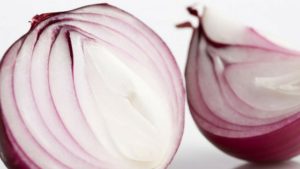
Raw Onion
Most of the flavonoids are in the outermost layers of the onion, so try to peel off as little as possible before chopping, dicing. Onions are a tremendously potent food and are a great source of prebiotics, but cooking them will lower the nutritional quality and kill off a large quantity of the prebiotics.
*The prebiotic statistics of raw onion are, 8.6% weight in fiber. The daily amount needed is 69.8 grams.

Raw Asparagus
Raw asparagus is another great source of prebiotics. For many of us, raw asparagus is tough to eat, but it can be pretty tasty and less tough when its fermented. You can also try blending it into a smoothie.
*The prebiotic statistics of raw asparagus are, 5% weight in fiber. The daily amount needed is 120 grams.
How Much Prebiotics Should I have?
In order to get the full effects of prebiotics, you should try to consume at least 5 grams of prebiotic-dense foods per day.
*Note that cooking these food source can also lower the quantity of prebiotics in them, so I’d suggest eating raw if you can.
Over all, prebiotics is the key to having a healthy gut and speedy metabolism. Eat your greens and get lean!
For more info on gut bacteria and the micro biome, click here.
Hope this helps you guys out!
-Remson

Fix Your Gut With Spirulina
Spirulina is a blue-green algae supplement that is one of the most beneficial supplements to human health in the world. It has a whole host of benefits including, heavy metal detoxing, eliminates dangerous gut bacteria, prevents cancer growth, boosts fat loss, and strengths the immune sytem.
Tribe By Noire

I’ve created this platform to help you become the most powerful version of yourself through fitness, plant based nutrition, and mindset coaching.
copyright © 2018 Tribe By Noire. All Rights Reserved




